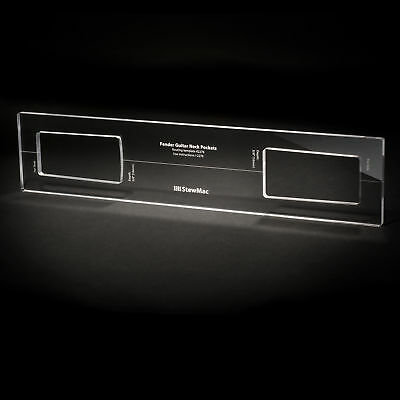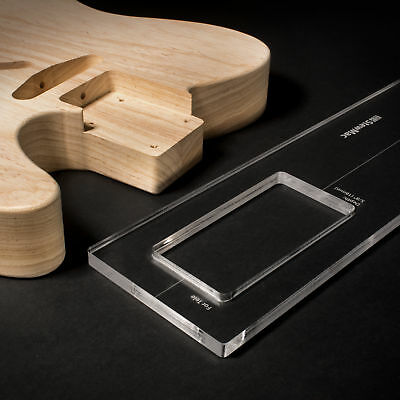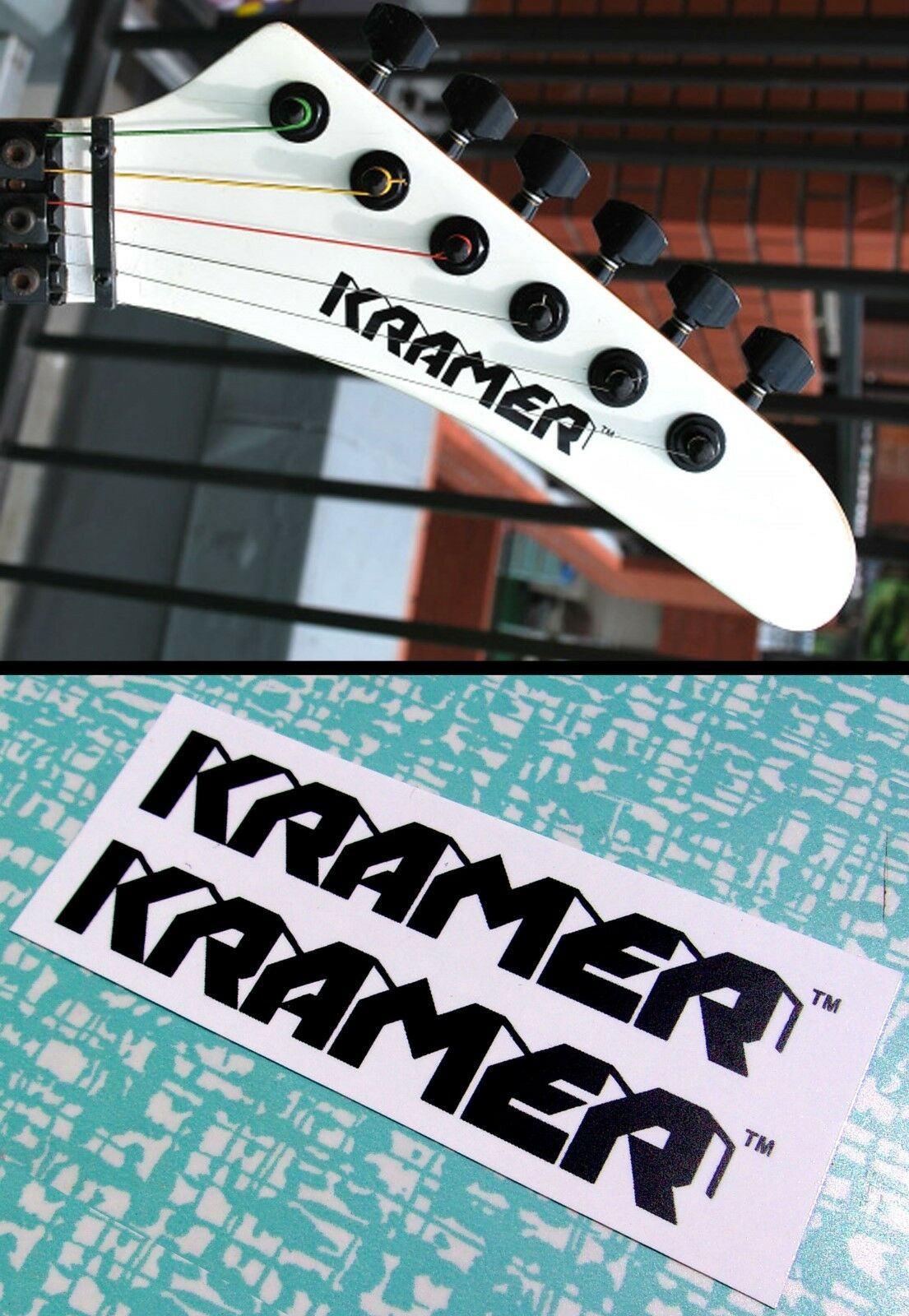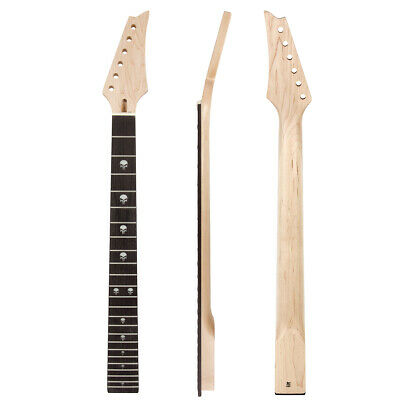-40%
StewMac Neck Pocket Routing Template for Fender, For Guitar
$ 21.79
- Description
- Size Guide
Description
Create perfectly shaped bolt-on neck pockets every timeAccurate template placement is easy—crystal clear routing templates allow you to see the guitar body underneath
Simply align the template's laser etched centerlines with the markings on your guitar to get placement right every time
Correct depth measurements are etched right on the template, so you don't need to puzzle over cavity dimensions, we've done that work for you
Installation instructions included
Create perfectly shaped bolt-on neck pockets every time.
Accurate template placement is easy—crystal clear routing templates allow you to see the guitar body underneath. Simply align the template's laser etched centerlines with the markings on your guitar to get placement right every time.
StewMac's improved templates are now thicker
with smooth laser-cut edges. Correct depth measurements are etched right on the template, so you don't need to puzzle over cavity dimensions, we've done that work for you.
"These improved, thicker templates mean I don't have to shim or double up templates to get contact with the router bearing."
— Erick Coleman, guitar repairman and StewMac tech advisor
This
Neck Pocket Routing Template for Guitar
is for routing the body cavity to accept a Fender-shaped guitar bolt-on neck. It has a radiused heel profile on one end, shaped for Stratocaster®, Jaguar®, Jazzmaster®, and Mustang® necks. The opposite end has a square heel for a Telecaster® neck.
Thickness: 3/8" (9.53mm)
Outer dimension: 18" x 3-7/8" (457mm x 98.42mm)
Clear acrylic
Laser etched centerlines and depth measurements
Countersunk holes for anchoring the template with flathead screws
Create precision cavities every time:
Align the template's centerlines with those you drew on your guitar. All you need is double-stick tape to keep the template in place. Optional: use flat head screws dropped into the counter-sunk holes—the router glides right over them. Use your router to lower a ball-bearing router bit (not included) into the wood and make several shallow passes until the bearing rides smoothly along the template edge. When the bearing can ride against the cavity wall, remove the template so you can rout to the recommended depth engraved on your template.










